The Typical Cost Overrun in a New York Renovation -- and How to Avoid It
Did you know New Yorkers waste $700 million a year while renovating?

Did you know New Yorkers waste $700 million a year while renovating?
Fraser Patterson, CEO of NYC-based home renovation company Bolster, says it stems from contractors who are often forced to lower their bids to win a project.
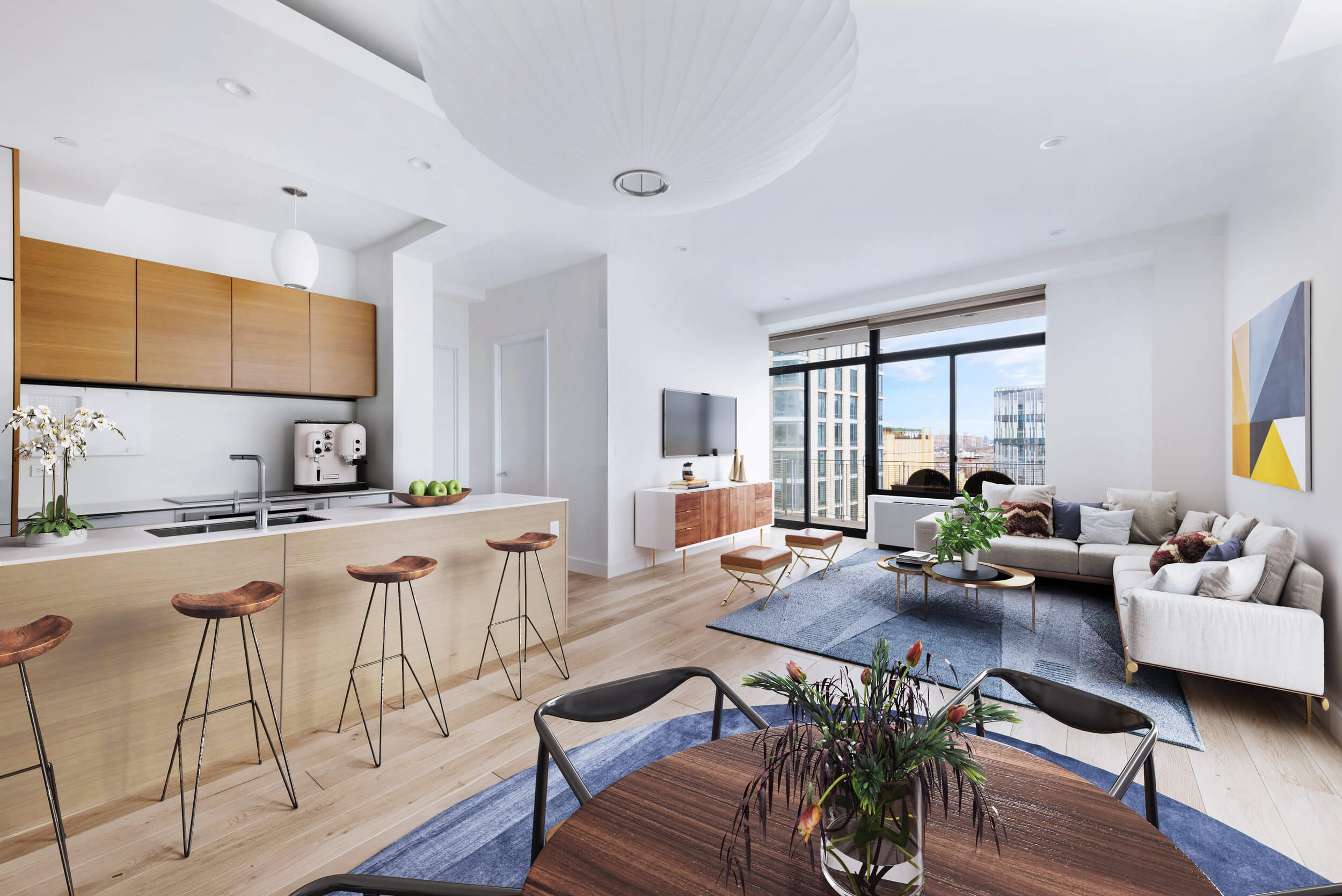
“They’re often under-resourced and poorly planned projects,” says Patterson. “And as problems emerge, the contractor starts raising change orders that inflate his original bid.”
In 2018 Bolster completed millions of dollars of renovations, “and homeowners paid exactly $0 in unexpected costs,” says COO Anna Karp.
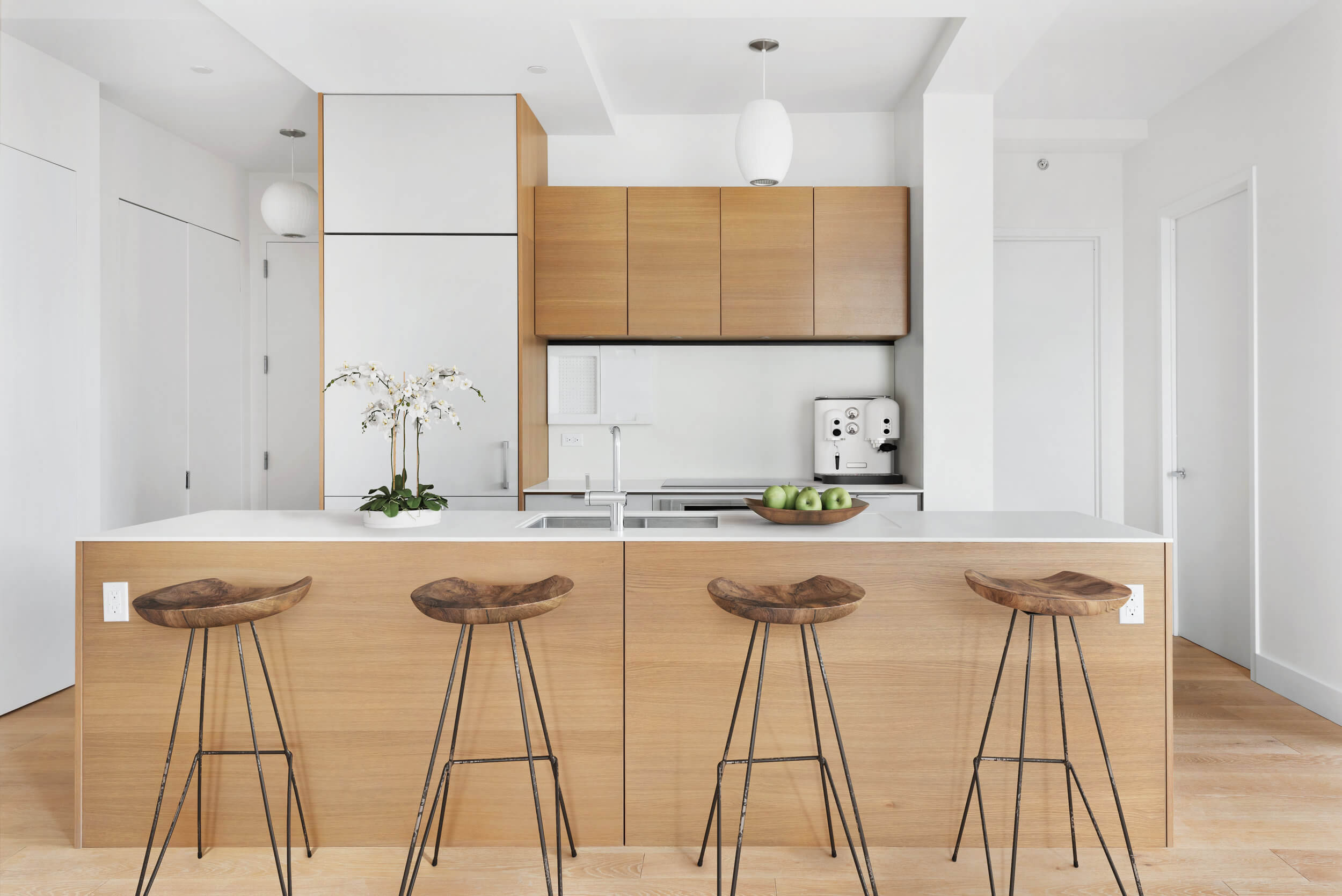
How do they do it? By following these steps:
1. Find the right team
Enlist a team that works together and communicates, and choose a contractor because they do quality work — not because they’re the cheapest. Research the contractor’s previous work (in properties of the same type) and speak to past homeowners.
“A good renovation architect is focused on custom residential, and they can channel the design idea’s vision of the home, rather than impose it,” says Karp.
Bolster has its team in-house — architect, designer, contractor and builder all work together from inception to completion of the homeowner’s project.
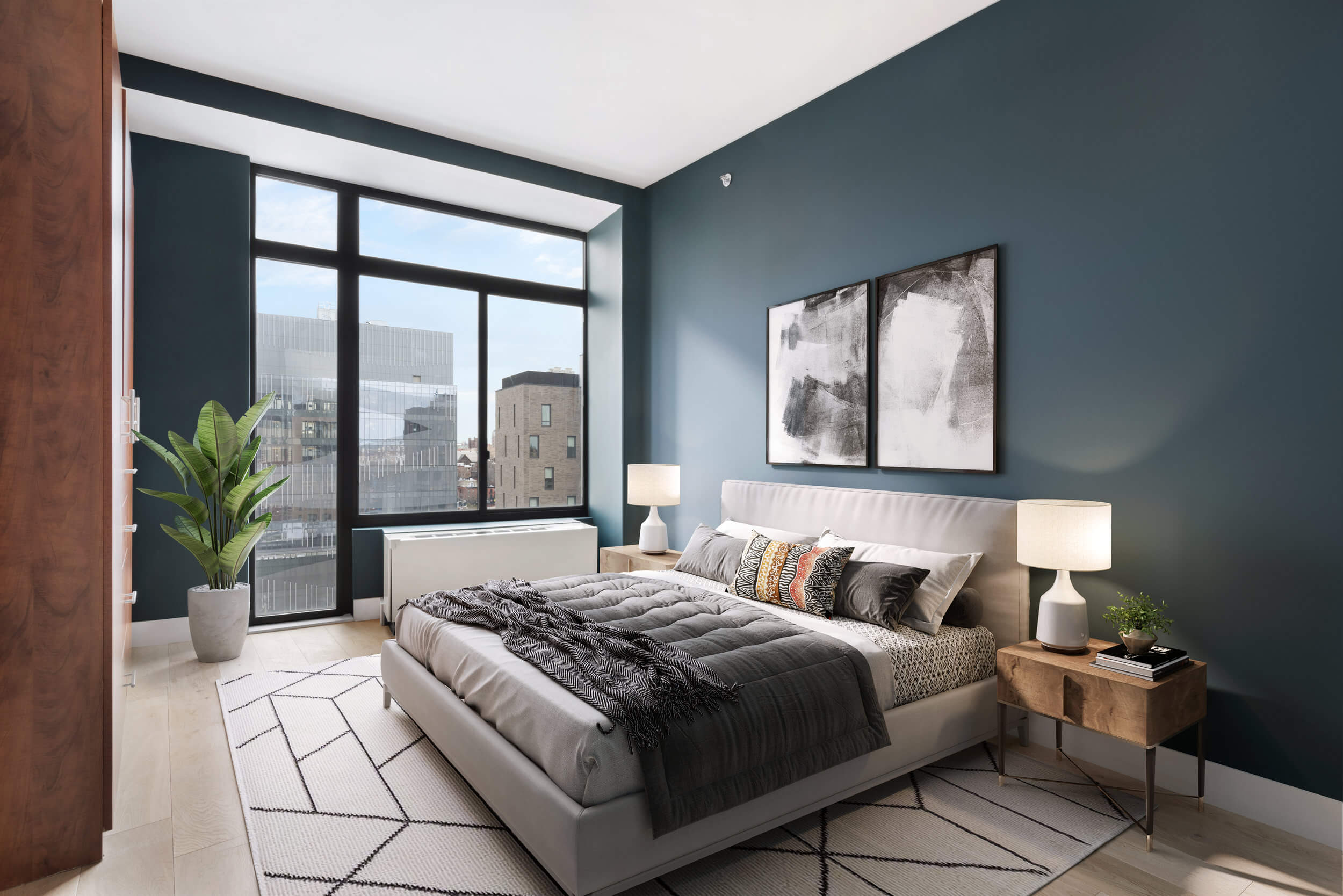
2. Plan
Schedule a site visit with the project manager, designer/architect and construction manager to determine scope of work.
“Discuss non-negotiables, your must-haves, to make sure all parties are on the same page,” says Karp.
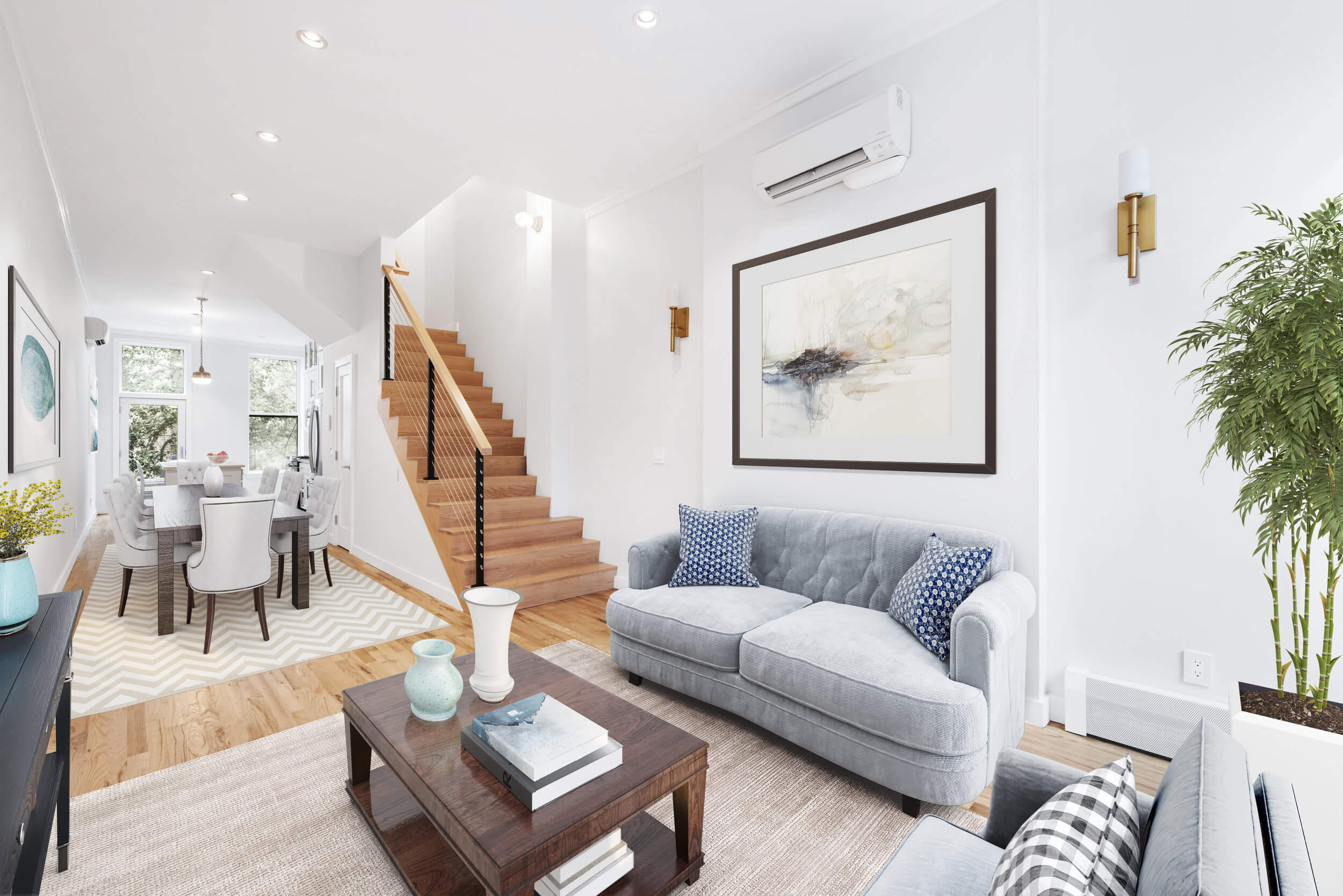
3. Set a budget
According to Bolster, the average cost overrun in a mid- to high-project size is about $150,000 (e.g. between 10 and 20 percent).
Avoid this by working with the architect/team to choose finishes and materials that are within your style and budget.
Bolster has a proprietary data model that allows them to provide homeowners with a better estimate of overall costs. “We’re able to price accurately and absorb any surprises during the build phase so the homeowner experiences no hidden costs,” says Karp.
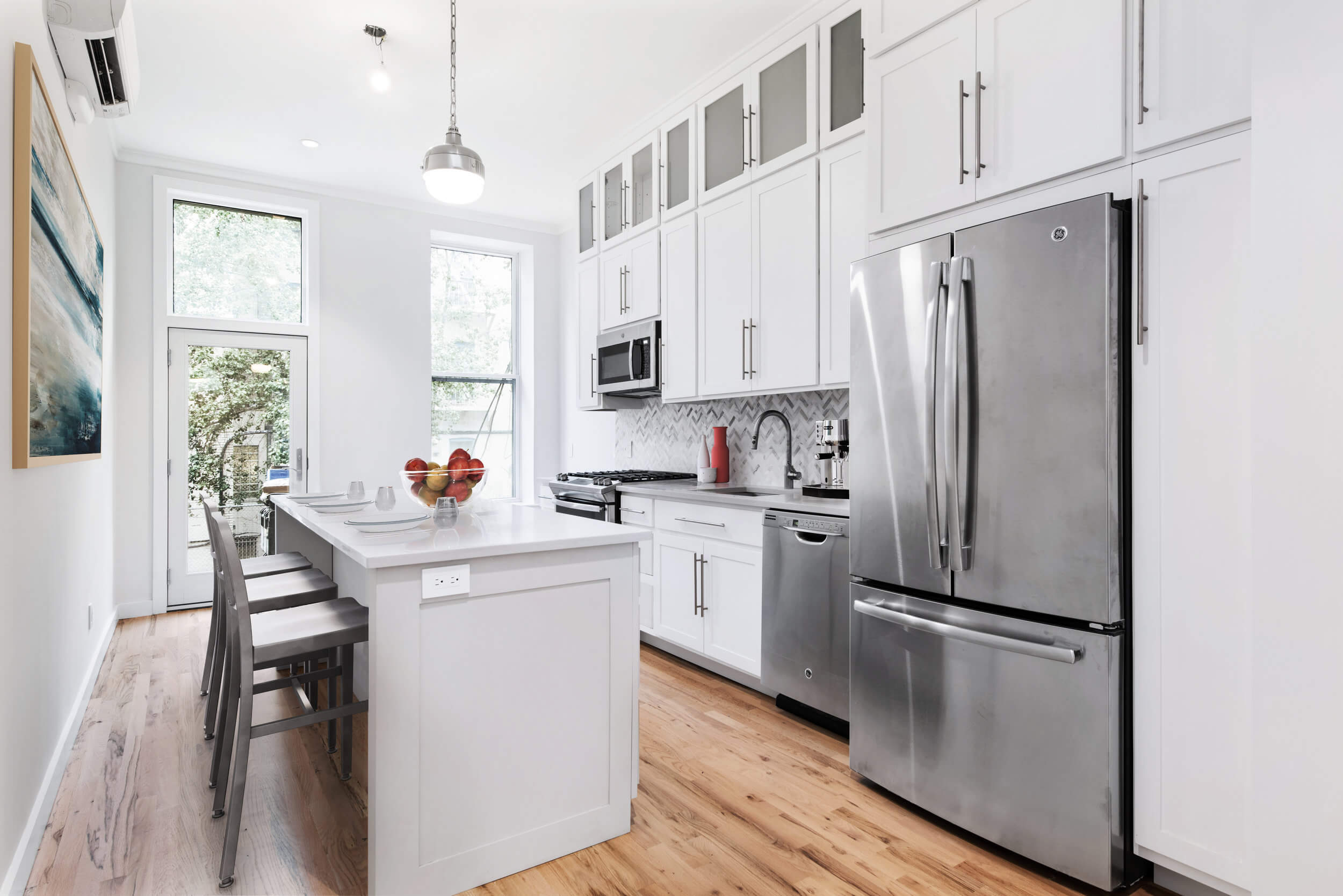
4. Focus on most-used rooms
Allocate budget to spaces you will use the most, and prioritize spaces that are the heart of the home.
“Some New Yorkers spend little time in a bedroom, or never cook, so they know not to give too much attention and budget to these rooms,” says Karp.
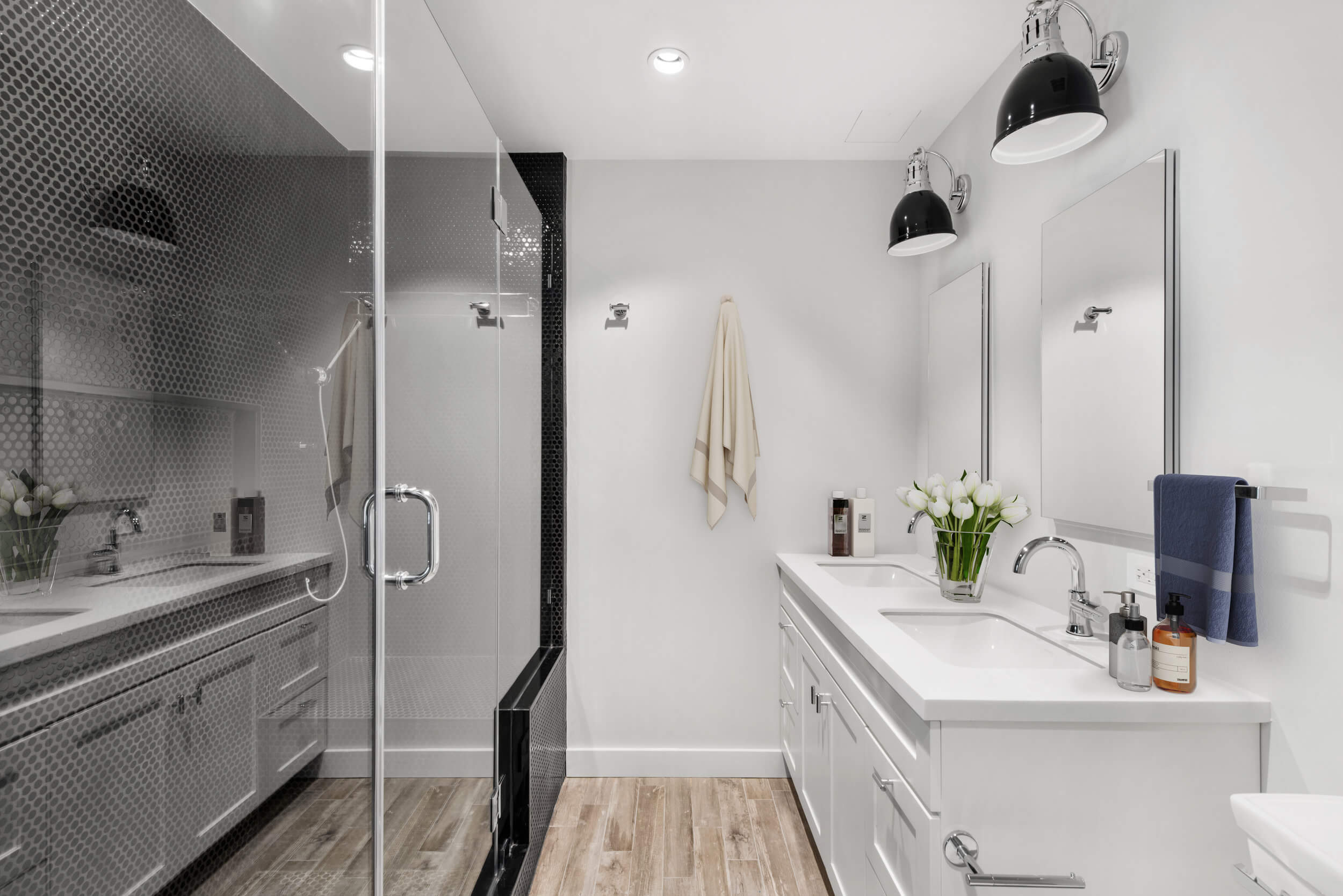
5. Be realistic about timeline
Allocate 6-8 weeks to the planning phase and work with your team to determine how the scope of your project impacts timeline and delivery.
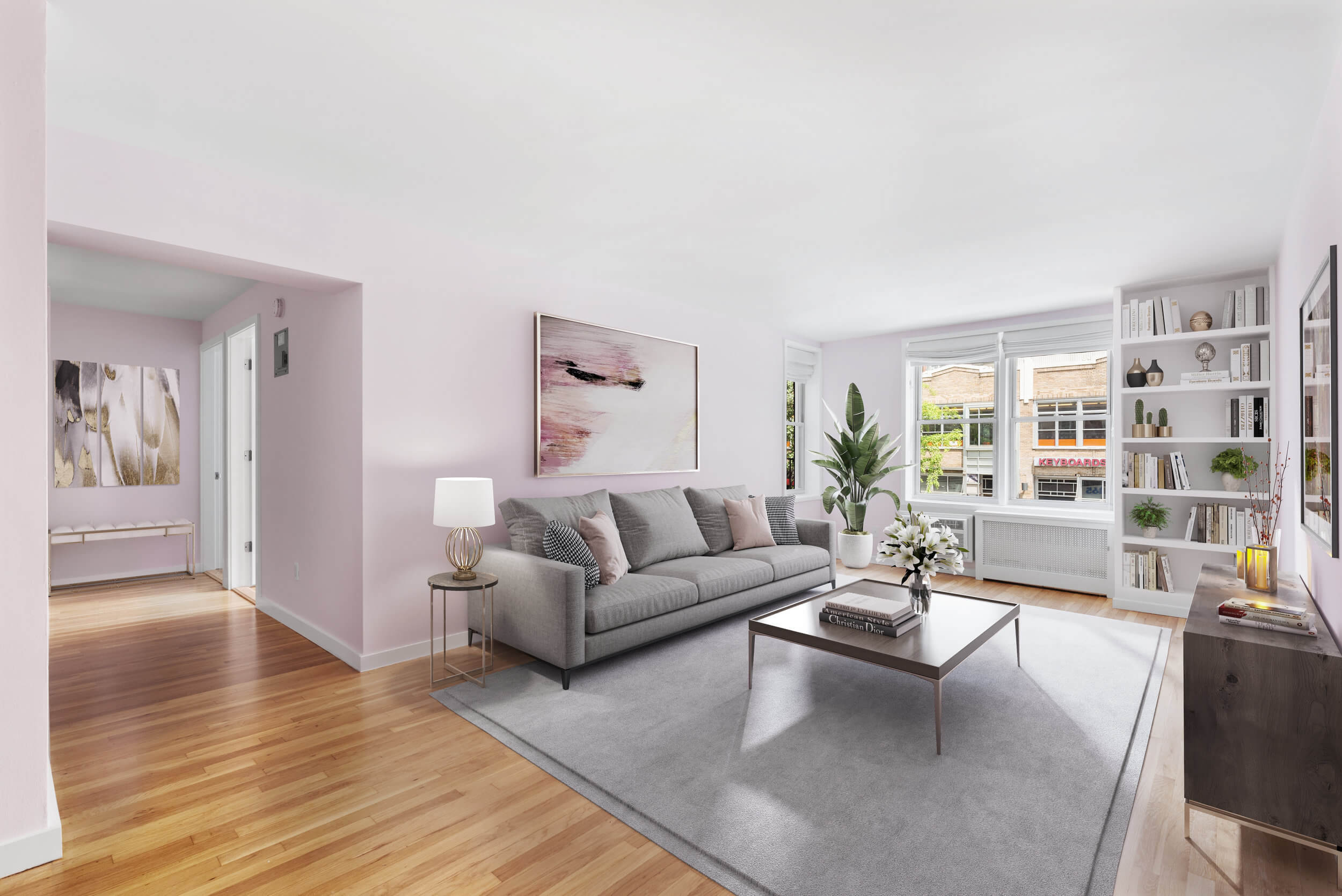
6. Move out
Best to keep the slate clean so workers can maximize their time on-site.
“New Yorkers understand that it’s best to be out of the way during a renovation,” says Karp. “Otherwise the project’s duration will extend due to having to switch back from a building site to a livable condition at the end of each day.”
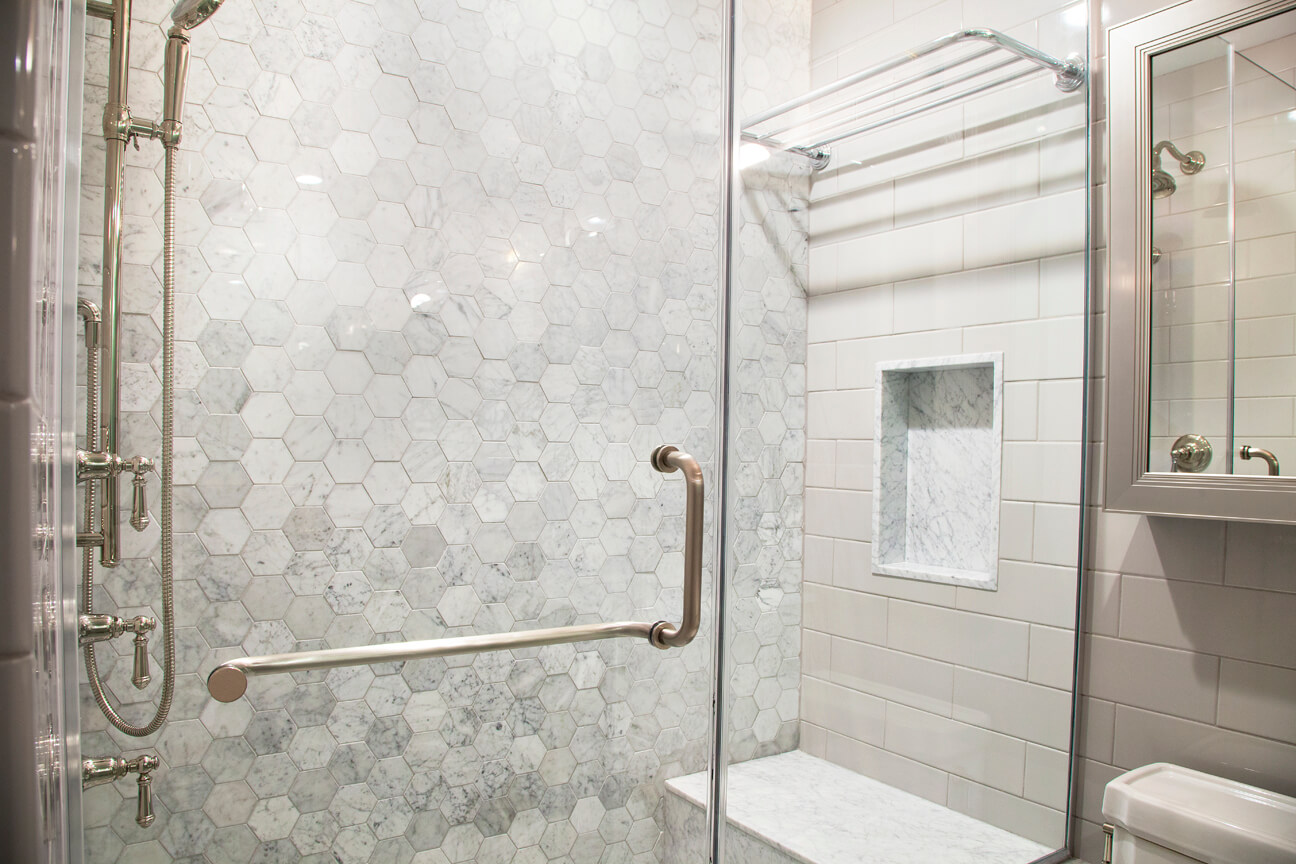
For more information about starting your smart renovation, visit Bolster’s website.










What's Your Take? Leave a Comment